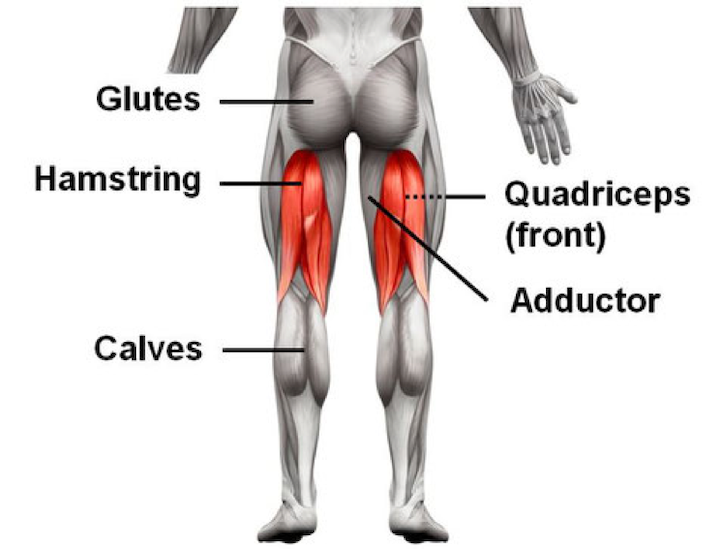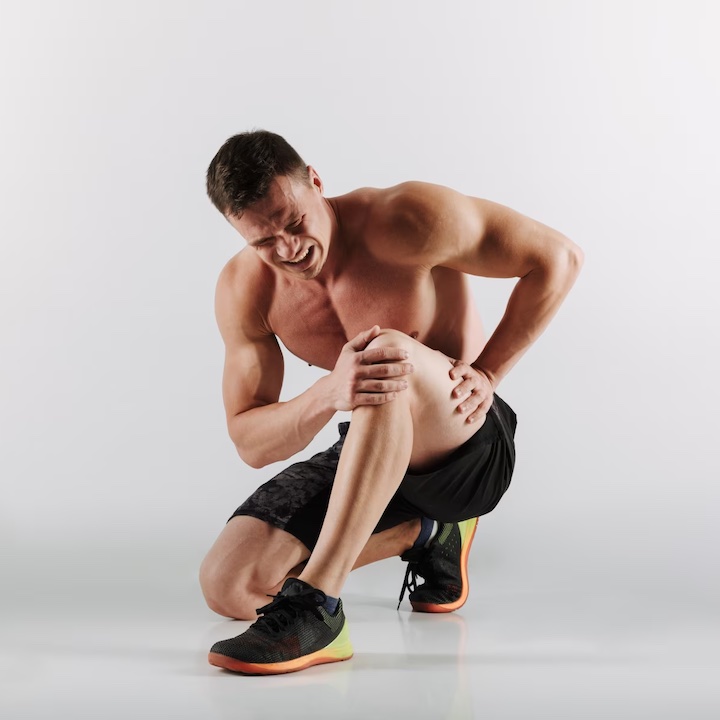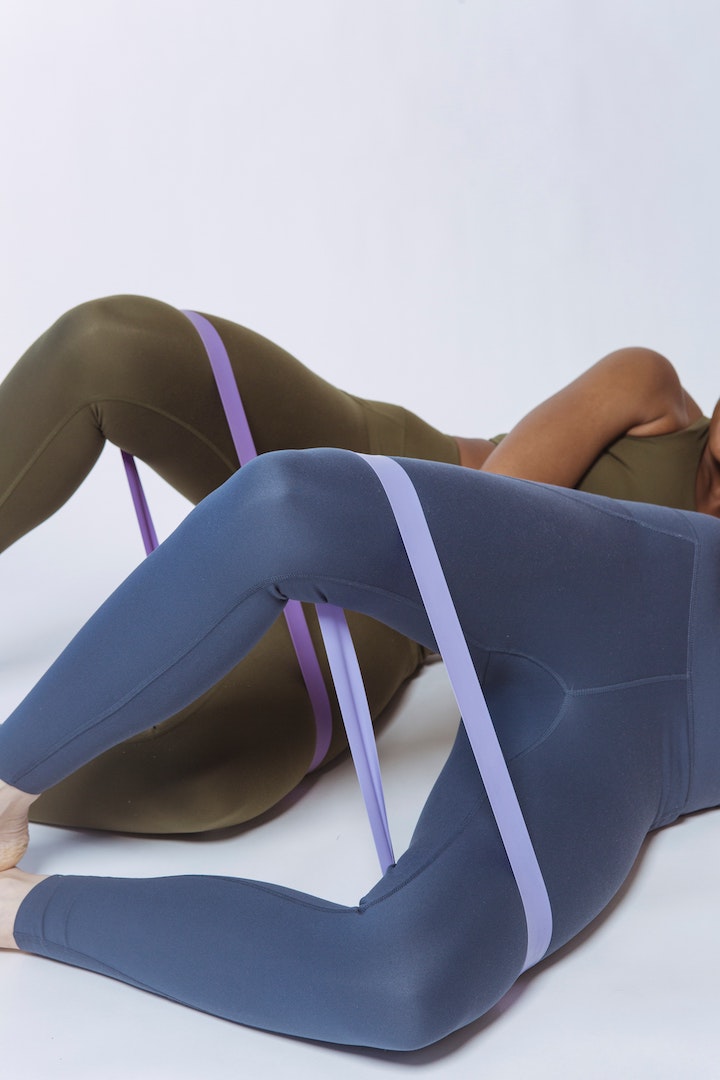A thigh strain, often called a pulled muscle, is a condition where the muscles in the thigh get overstretched or torn. This usually happens due to sudden movements or intense physical activity. But how does this occur, and what are the different types of thigh muscle strains? Let’s find out.
The thigh comprises several muscles, including the quadriceps at the front and the hamstrings at the back. A thigh muscle strain, often called a pulled muscle, is a condition where these muscles get overstretched or torn.
When we engage in activities that involve the thigh muscles, such as running or jumping, these muscles contract and work together to facilitate movement. However, when these muscles are overstretched or forced to contract too strongly, the muscle fibres can tear, leading to a strain.

Photo Credit: Decade3D
The severity of the strain depends on the extent of the damage to the muscle fibres. A minor strain may involve small tears that cause thigh pain and discomfort but don’t significantly affect muscle strength or function. A severe strain, on the other hand, may involve a complete tear of the muscle or its attaching tendons, leading to significant pain, swelling, and impaired function.
Understanding the anatomy of a thigh muscle strain injury is crucial for its treatment and prevention. Knowing how these injuries occur, we can avoid the activities and movements that put undue stress on our thigh muscles.
Thigh muscle strains can be categorised into three types: Grade I, Grade II, and Grade III. Each grade represents the severity of the strain, with Grade I being a mild strain and Grade III being a severe or complete muscle tear.
Thigh strains are often the result of overuse, lack of proper warm-up before physical activity, or an abrupt increase in activity level. But what are the specific causes? Let’s explore.
Overuse is one of the most common causes of thigh muscle strain. This typically happens when the muscles are used repetitively without adequate rest.
Skipping the warm-up before engaging in physical activity can lead to muscle strains. A good warm-up prepares the muscles for the activity ahead, reducing the risk of strains.
Recognising the symptoms of a thigh muscle strain is the first step towards effective treatment. But what should you look out for? Here are some common symptoms.

Photo Credit: Dean Drobot
One of the most noticeable symptoms of a thigh muscle strain is pain and discomfort in the thigh area. This thigh pain can range from a mild ache to a sharp, severe pain.
In more severe cases of thigh muscle strain, swelling and bruising may be observed. This is due to the damage to the muscle and surrounding tissues.
Treating a thigh muscle strain effectively requires a combination of rest, physical therapy, and sometimes medical intervention. Let’s discuss these treatment options in detail.
The first line of treatment for a thigh muscle strain is rest and ice. Rest allows the damaged muscle to heal, while ice helps reduce inflammation and pain.
Physical therapy plays a crucial role in the recovery from a thigh muscle strain. It involves exercises that help restore strength and flexibility to the affected muscle.
Preventing a thigh muscle strain involves adopting certain practices and modifying your physical activity routine. Here’s what you can do to prevent this condition.

Photo Credit: Angela Roma, Pexels
Regular exercise is key to maintaining muscle strength and flexibility, which can help prevent thigh muscle strains. However, gradually increasing your workouts’ intensity is important to avoid overstraining your muscles.
A proper warm-up before any physical activity can significantly reduce the risk of thigh muscle strains. It prepares your muscles for the activity ahead and increases your overall performance.
The recovery time for a thigh muscle strain can vary depending on the severity of the strain. Mild strains may heal within a few weeks, while severe thigh strains may take several months to recover fully.
It’s generally recommended to rest and avoid strenuous activities when you have a thigh muscle strain. However, certain low-impact exercises may be beneficial. Always consult with a healthcare professional before continuing with your exercise routine.
Pain from a thigh muscle strain can be relieved through rest, ice, compression, and elevation (RICE). Over-the-counter pain relievers may also be used. Consult with a healthcare professional for personalised advice.
A thigh strain feels like a sharp pain or discomfort in the thigh, often accompanied by muscle weakness or stiffness.
Healing time for a thigh strain can vary from a few weeks for mild strains to several months for severe strains.
Treatment for a strained thigh usually involves rest, ice, compression, and elevation (RICE). Severe cases may require physical therapy or surgery.
With a mild strain, you can walk with discomfort. However, with severe strain, walking may be extremely painful or impossible.